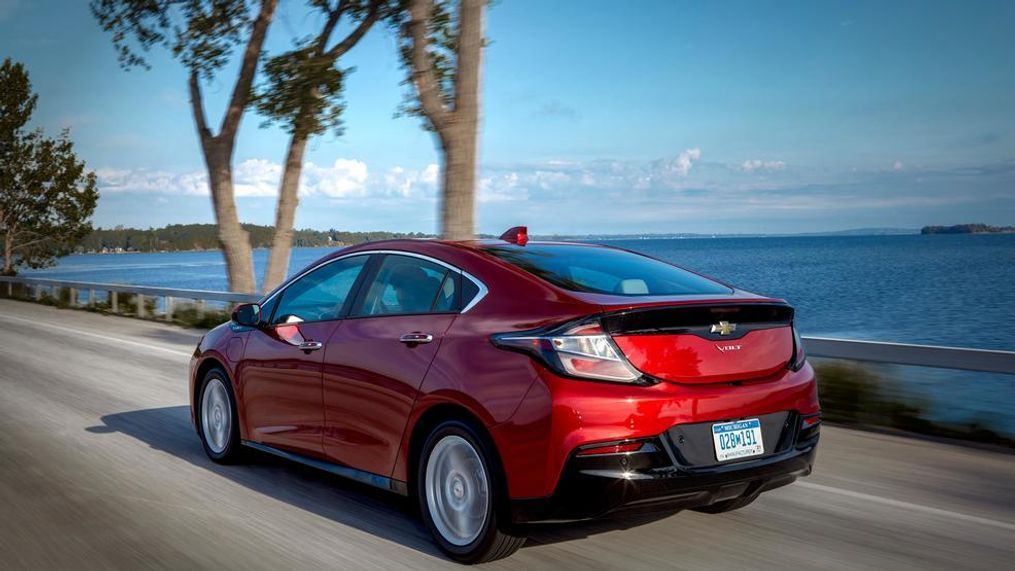GM rolls last Chevy Volt off Detroit assembly line

With the end of Chevrolet Volt production last week, it looks more like pure electric cars are winning the race to transform driving over more complicated, if versatile plug-in hybrids.
GM built the last 2019 Chevy Volt on February 15, and in a ceremony last Tuesday it rolled off the assembly line at GM's Hamtramck factory in Detroit—after building almost 160,000 of the cars since 2011. The end came two weeks earlier than the company originally announced.
On Friday, General Motors announced that it would temporarily extend production at Hamtramck for seven more months, through January 2020, but only for other models built at the plant, the Chevrolet Impala and Cadillac CT6, many of which are sold in fleets.
DON'T MISS: GM president dashes hopes of future Volt, says no more hybrids
The Volt gave the first indication this century the GM is serious about building electric cars, with a development budget estimated at $900 million.
GM gave early models 35 miles of electric range, long enough for more than 80 percent of Americans to get through a day without using gas, as long as they plugged in every night, then boosted it to 38 miles.
In 2013, it boosted battery capacity to 38 miles through the end of the first generation and 53 miles when the second generation debuted for 2016.
MUST READ: GM to kill Chevy Volt production in 2019 (Updated)
It also lobbied to make the Volt eligible for the full federal plug-in vehicle with more than 20,000 sales a year.
In 2012 and 2013, the Volt was briefly the top-selling plug-in vehicle. After that, sales trends began conspiring against the Volt. Most of all, Americans began to switch wholesale to crossover SUVs, abandoning small cars such as the Volt. At the same time, other plug-in competitors began encroaching on the Volt's territory, especially the Toyota Prius Prime and the all-electric Chevrolet Bolt EV—and, of course, the Tesla Model 3.
CHECK OUT: Barra blogs again: GM plans to double EV, self-driving investments
The Prius Prime had half the electric range, but sold for less money and had more space inside. Nissan also updated the Leaf to have about 150 miles of range.
With the second-generation Volt nearly new, GM was slow to respond with a larger version of the Volt, perhaps a rumored Crossover vehicle.
In mid-November, GM announced that it would close Hamtramck, along with four other assembly plants, and discontinue the Volt. In a January update to investors, GM President Mark Reuss sealed the fate of future hybrids at GM, saying, "You can't spend money to force the customer to carry around extra stuff they may not need.... Or, you can spend your money on getting the real answer, which is providing the customer a zero-emissions, sustainable, affordable solution"—which sounds a lot like a battery-electric car.
Reuss announced that the company would focus its future electric-car efforts on Cadillac—which has had little success selling either the $75,000 Volt sibling Cadillac ELR or the latest CT6 plug-in hybrid—and build a new electric Cadillac SUV.
READ MORE: Cadillac to become “lead electric vehicle brand” for GM to rival Tesla (Updated)
GM chairwoman and CEO Mary Barra said GM is transitioning to an all-electric, "zero-emissions," future.
In the meantime, it attracted a big following of now-disappointed drivers with its breakthrough Chevy Volt. Buyers who want a Volt now have a few months to choose from available inventory at dealerships.
Read more from Internet Brands Automotive:
